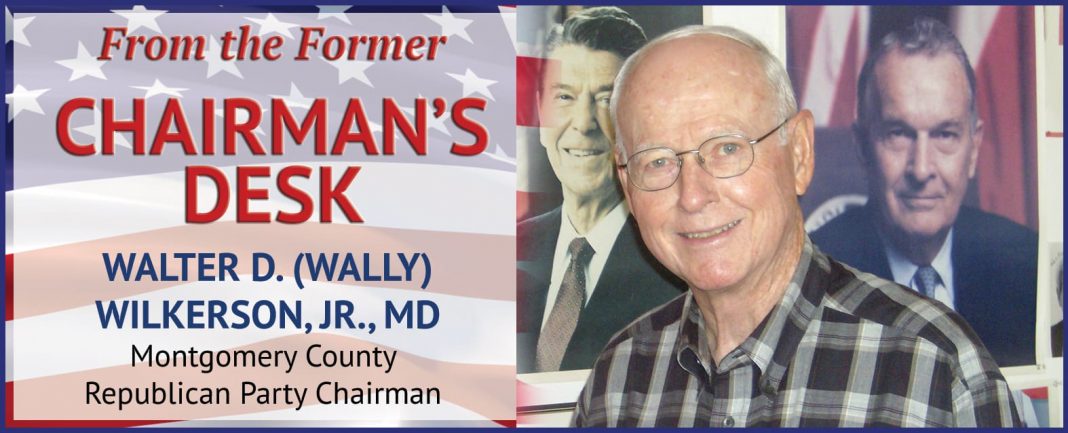Right to Vote
Women’s movement to secure the right to vote began to gather strength in the 1840s with the first right to vote convention in Seneca, New York according to Wall Street Journal columnist Amanda Foreman in her September 14th column “Historically Speaking”. “On September 14, 1920, Connecticut became the 37th
state to ratify the 19th Amendment which guaranteed women the right to vote. The exercise was largely symbolic, since ratification had already been achieved thanks to Tennessee on August 18th. Right to vote organizations formed by Susan B. Anthony and Lucy Stone beginning in 1869, were merged into one group in 1890. They had hoped the Courts would rule that the women’s right to vote was a constitutional right. “The fact that Connecticut and the rest of the laggard states were located in the eastern part of the U. S. wasn’t a coincidence. Though women are portrayed in Westerns as either vixens or victims, they played a vital role in the life of the American frontier”, Foreman wrote.
Louisa Ann Swaim of Laramie, Wyoming was the first woman in the country to legally vote in September 1870. Wyoming also allowed women the right to sit on a jury, serve as a justice of the peace, and serve as a bailiff. No white woman moved west until 17 year-old Nancy Kelsey traveled with her husband from Missouri to California in 1841. The family’s survival depended on her ability to manage without her husband’s help. A series of books entitled “Little House on the Prairie” by Laura Ingalls Wilder described a number of homesteads in Wisconsin and Minnesota in the 1870s in which women endured ”incredible hardships and danger” but also were offered a “unique kind of freedom”. Colorado’s first Black settler was a former slave named Clara Brown, who had “won her freedom in 1856.” She worked her way west to the gold mining town of Central City. She discovered the need for laundry services, so she successfully established a laundry service “catering to miners and their families”. With her profits, Brown invested in mining shares; “the rest she spent on philanthropy, earning her the nickname Angel of the Rockies”. Following the Civil War, she made it her “mission” to locate her family. She found her daughter, Eliza.
Foreman noted: “The flip side of being able ‘to act like men’ was that women had to be prepared to die like men. Myra Belle Shirley, better known as Belle Starr, was a Texas outlaw, associated with the notorious James brothers. She was a real outlaw involved in bootlegging and stolen horses. Convicted once, she served nine months in a correctional institution. In 1889 just before her 41st birthday and widow for the third time, she was shot and killed in an ambush. Among the suspects of this murder were some of her children. Her murder was never solved.















